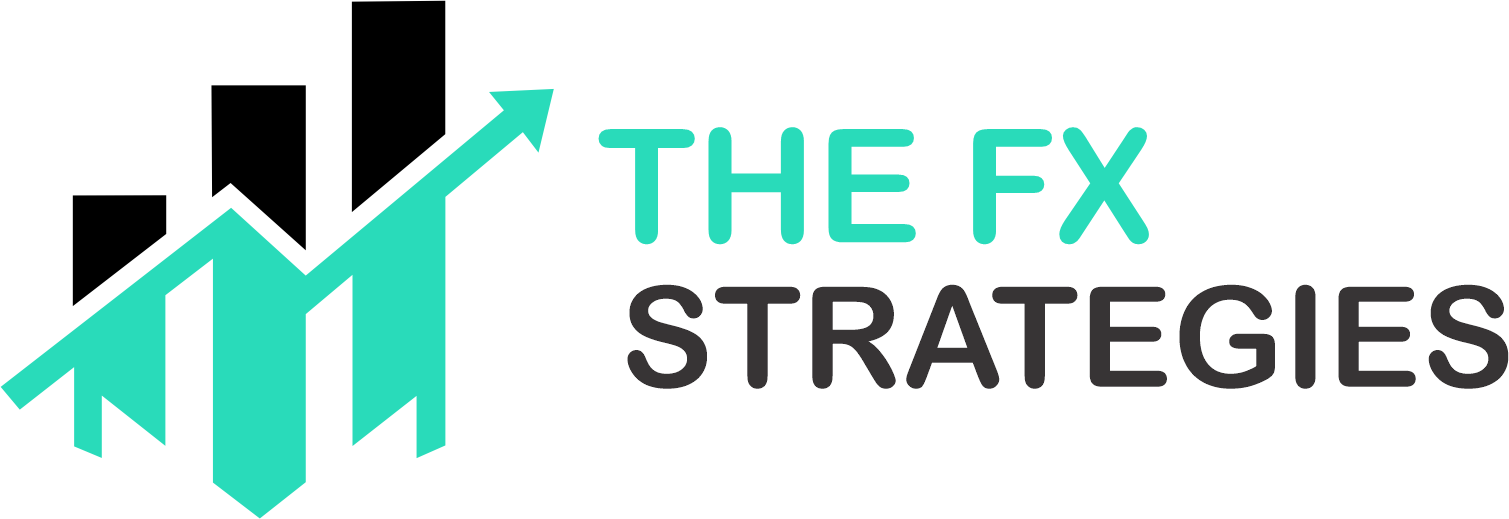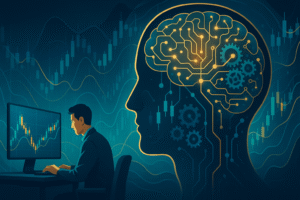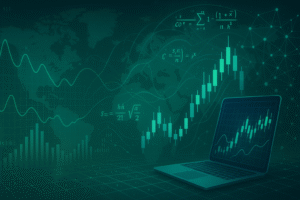Automated Forex trading, using Expert Advisors (EAs) or trading robots, has become a popular tool for traders aiming to automate their strategies and trade the Forex market 24/7. The convenience and efficiency that come with these systems make them highly attractive, especially for beginners and those who don’t have the time to monitor the markets constantly.
However, like any trading approach, automated trading has its strengths and weaknesses. Before diving into automated Forex trading, it’s essential to understand both the pros and cons to ensure it’s the right choice for your trading goals. In this article, we’ll break down the key advantages and disadvantages of automated Forex trading.
The Pros of Automated Forex Trading
1. Eliminates Emotional Trading
One of the most significant advantages of automated Forex trading is that it removes human emotions from the trading process. Emotional decision-making often leads to poor trading decisions, such as impulsively buying or selling based on fear or greed. With automated trading, the system follows pre-set strategies and rules without being influenced by emotions, making trades based purely on logic.
Benefit: This leads to more disciplined and consistent trading, as emotions like fear, greed, or overconfidence won’t interfere with the trading decisions.
2. 24/7 Trading Capability
The Forex market operates 24 hours a day, five days a week. This means there are opportunities to trade at any time, including when you’re asleep. Automated trading systems work around the clock, allowing you to capitalize on opportunities in different time zones without having to be physically present.
Benefit: This is particularly beneficial for traders in different time zones or those who don’t have the time to monitor the market during trading hours. It ensures that no opportunity is missed.
3. Speed and Accuracy in Execution
Automated Forex trading systems are capable of executing trades at lightning speed. These systems can analyze market conditions, identify trading opportunities, and place trades in a fraction of a second—much faster than a human trader could.
Benefit: The speed and precision with which trades are executed can be a significant advantage, especially in volatile markets where even a second’s delay can result in missed profits or losses.
4. Backtesting and Strategy Optimization
Automated trading systems often come with backtesting capabilities. This allows traders to test their strategies on historical data to assess their effectiveness before live trading. Backtesting helps fine-tune strategies by evaluating how they would have performed in different market conditions.
Benefit: Backtesting ensures that the strategy you choose has a higher probability of success, as it’s tested on real past data, reducing the guesswork and increasing confidence in the system.
5. Improved Risk Management
Many automated Forex trading systems come with built-in risk management tools such as stop-loss and take-profit orders, ensuring that risk is controlled automatically. This is particularly helpful for traders who may not be able to monitor their trades constantly.
Benefit: Automated systems help ensure that the trader’s predefined risk parameters are always followed, which reduces the chances of significant losses during periods of high volatility.
6. Diversification Across Multiple Markets
Another advantage of automated trading is the ability to manage multiple accounts or trade multiple strategies simultaneously. This allows traders to diversify their portfolio, trading across different currency pairs or markets without needing to manually monitor each one.
Benefit: This helps spread risk and increase the chances of success across different assets and strategies.
The Cons of Automated Forex Trading
1. Technical Failures and System Risks
Automated Forex trading systems rely on technology, which makes them vulnerable to technical failures such as connectivity issues, platform crashes, or software bugs. If the system fails to execute trades at the right time, it could result in missed opportunities or losses.
Drawback: Traders need to ensure that they have reliable systems in place, including a stable internet connection and access to backup solutions like Virtual Private Servers (VPS) to reduce downtime.
2. Over-Optimization (Curve Fitting)
Many traders fall into the trap of over-optimizing their automated trading strategies. Over-optimization, or curve fitting, involves tweaking a trading strategy to perform exceptionally well on historical data. While this may look promising, it can lead to poor performance in real market conditions because the system becomes overly tuned to past data rather than being adaptable to future market changes.
Drawback: Over-optimized strategies might perform well in backtesting but fail to adapt to changing market conditions, resulting in losses.
3. Lack of Adaptability to Unpredictable Market Conditions
Automated trading systems are designed based on historical market data and specific pre-set rules. While they can effectively trade under normal market conditions, they may struggle to adapt to sudden, unexpected changes, such as major economic announcements, geopolitical events, or black swan events (rare and unpredictable occurrences).
Drawback: In such cases, automated trading systems may not have the flexibility to adjust to unforeseen market events, leading to losses or missed opportunities.
4. Dependence on Technology and Software
Relying on automated trading systems means that you are putting your trust in technology. Any errors in the algorithm, programming, or trading logic can cause your system to behave unexpectedly, leading to losses. Even well-established automated systems are not immune to programming errors or malfunctioning.
Drawback: Traders need to ensure they are using a well-tested and trusted robot, and should be ready to intervene if something goes wrong.
5. Potential Over-Trading
Automated trading systems can execute trades at a rapid pace, sometimes without the discretion of the trader. In certain market conditions, robots may end up executing too many trades or making trades that go against your overall strategy, leading to overtrading and unnecessary risks.
Drawback: It’s crucial to regularly monitor the performance of the robot to avoid over-trading and excessive risk exposure.
6. Costs Involved in Using Automated Systems
While there are free trading robots available, many of the high-performing automated Forex systems come with a cost, either in the form of upfront payments or monthly subscriptions. For traders with limited capital, this can eat into their profits, especially if the robot does not perform as expected.
Drawback: Automated trading systems can be expensive, and without proper evaluation or testing, it may not always be a profitable investment.
Conclusion
Automated Forex trading offers both tremendous opportunities and significant risks. The ability to trade 24/7, eliminate emotional bias, and backtest strategies can be highly beneficial for traders looking to maximize efficiency and profits. However, it is crucial to understand the potential drawbacks, including technical issues, lack of adaptability, and the risks of over-optimization.
For those considering automated Forex trading, it’s essential to carefully research and select a reliable system, start with a demo account, and monitor performance regularly. With the right approach, automated trading can become a valuable tool for traders of all experience levels.


